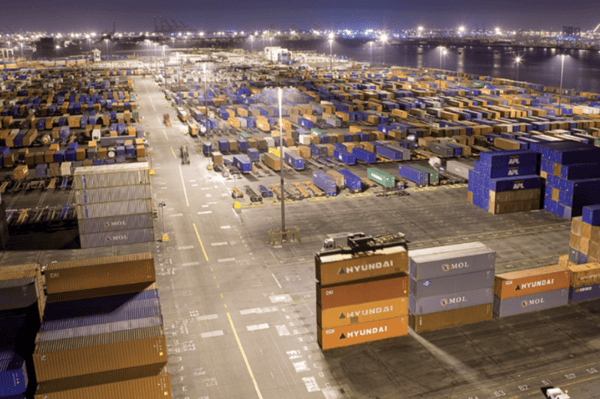05/31/2017
Conrail Leads the Way with Industrial LED High Bay Lights
High Bay Lighting,
LED Lighting,
Government/Municipal Lighting,
Commercial Lighting,
Parking Lot Lighting,
Industrial Lighting,
Outdoor Lighting,
Flood Lighting,
Area Lighting,
High Mast Lighting,
Hazardous Location Lighting,
Stouch Lighting Services,
Case Studies




